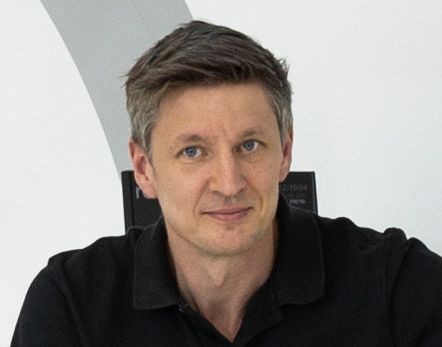368 reads
How Technology Can Make Stress-Relief More Accessible in the Near Future
by
June 27th, 2024
Audio Presented by

CEO of Robosculptor, entrepreneur, inventor with more than 15 years of experience in the aesthetic hardware industry.
Story's Credibility



About Author
CEO of Robosculptor, entrepreneur, inventor with more than 15 years of experience in the aesthetic hardware industry.
